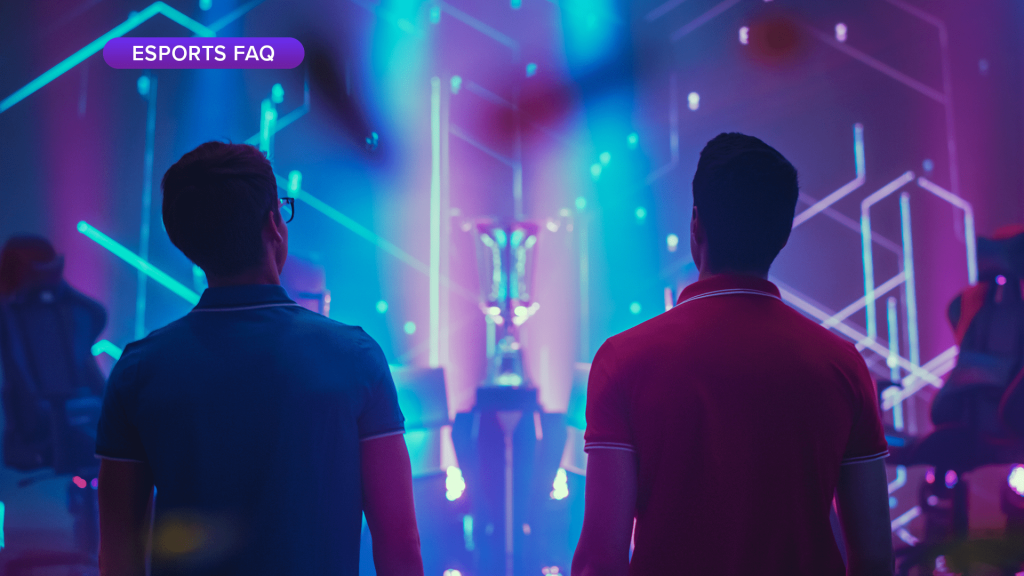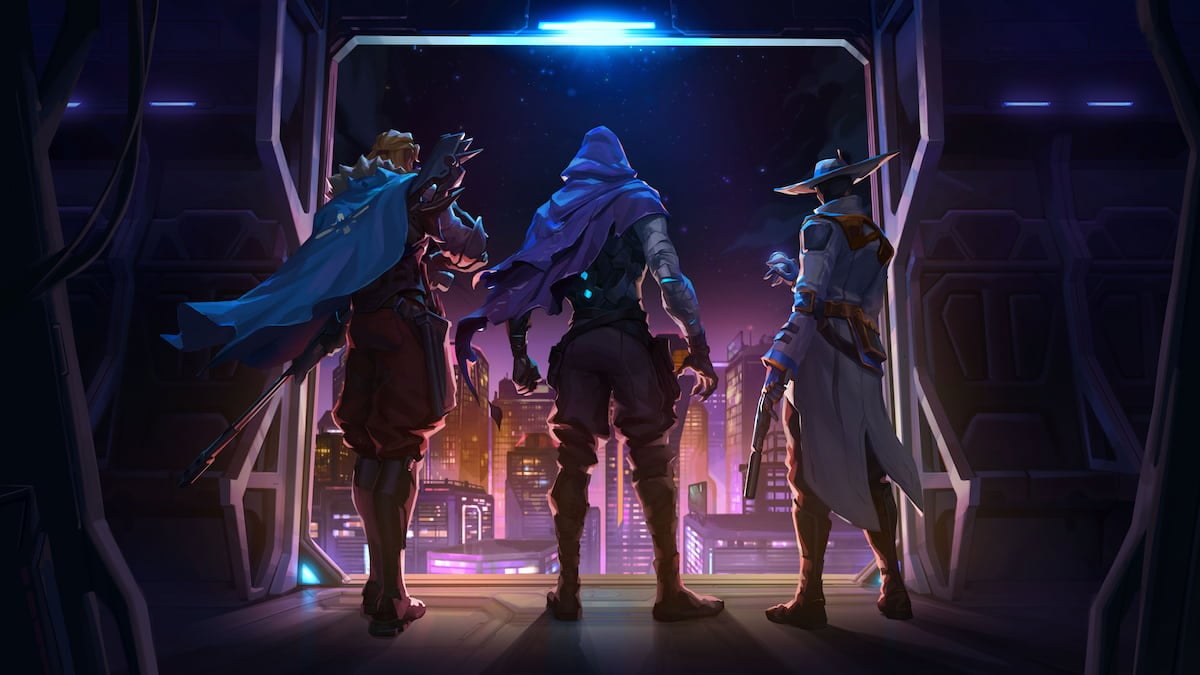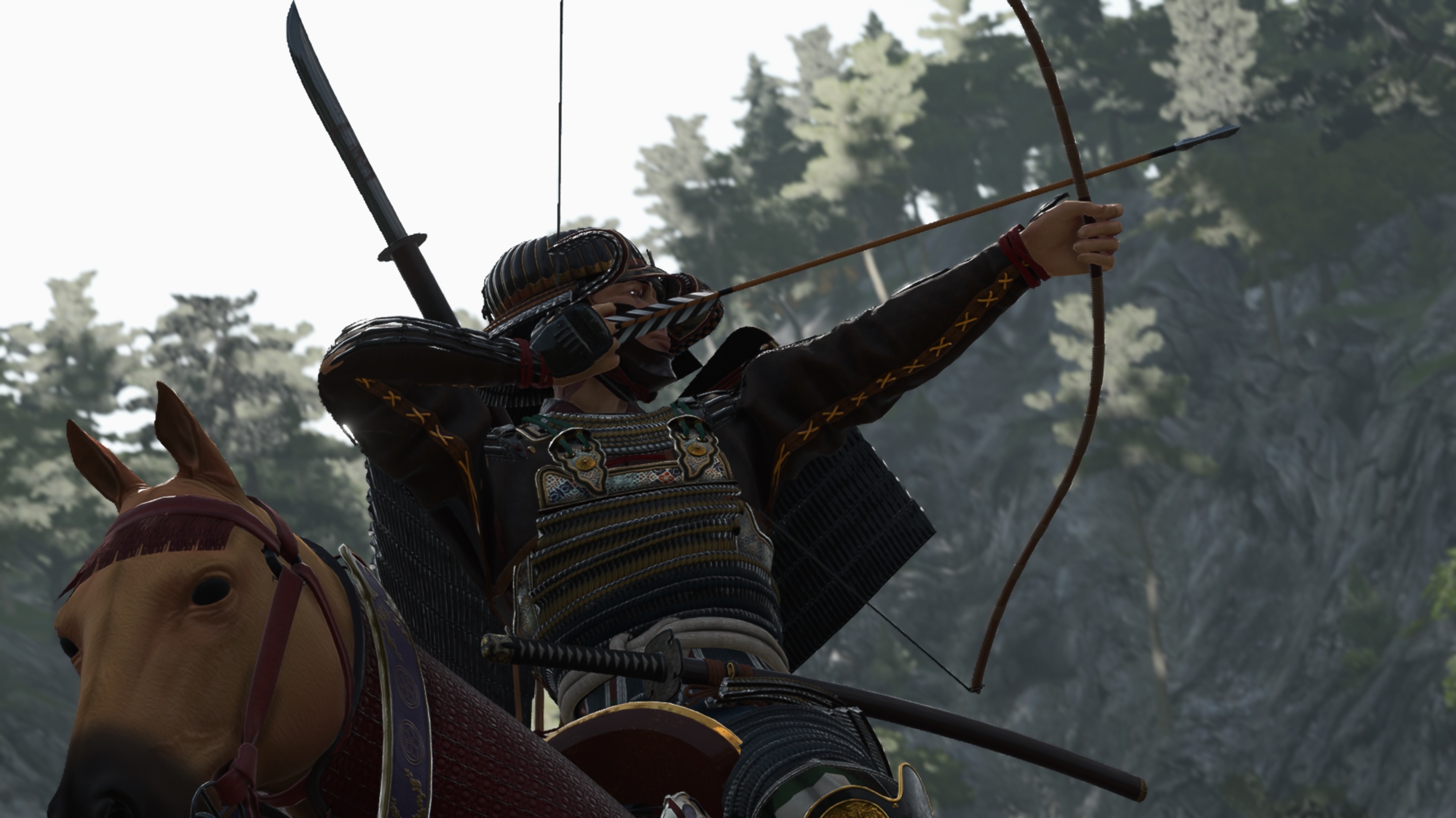
How do esports organisations make money?
(ESI illustration) Image credit: Shutterstock
The economics of esports is fascinating to every gamer. The idea of playing video games professionally while earning a stable salary through an esports organisation has become a real possibility no matter where the player is based.
But, how do these esports organisations secure enough revenue to pay out huge player salaries?
Esports organisations vary in size, so the way they operate will differ. A newer esports organisation may be more dependent on prize pools, while larger established teams now operate like multifaceted esports businesses, catering to wider communities and having multiple sources of revenue.
How do esports players make money — and how much?
VSPO: How Chinese esports differs from the West
Top picks: Popular esports TV shows
Prize pools
The most common misconception is that esports organisations make a large amount of money solely through prize pools. This is a source of revenue for teams, however, the majority of prize pool winnings usually go to the organisation’s players as bonuses. The prize money percentage is split between players and organisations and can vary from team to team and game to game.
Nevertheless, while esports organisations only usually take a split of total prize pools, it still provides a source of revenue.
For newer esports organisations, prize pools can be a crucial source of revenue. Prize pools are also important for teams in developing markets like South Asia, Africa and Southeast Asia. This is because smaller esports organisations have yet to build a fanbase to diversify into the other revenue sources that will be mentioned on this list.
Tundra Esports pocketed more than $8m with their victory at The International 2022. Image Credit: Valve, Tundra Esports.
Sponsorships
Arguably one of the most important revenue sources for esports organisations is brand sponsorships. With leading esports organisations having huge and engaged fan bases, their younger and more committed audiences serve as a potential goldmine for brands.
Commercial partnerships form a core way for esports organisations to make money. In return, these brands receive different activations including jersey spots and tailored advertising campaigns. Some notable recent brand deals in 2024 include:
Team Vitality renewing its partnerships with JBL Quantum, GG.BET, ALDI, and Crédit Agricole
FaZe Clan launching an energy drink flavour with GHOST
NRG Esports partnering with Panda Express
Revenant Esports teaming up with AMD as a title sponsor
Unfortunately, the exact value for most deals in esports isn’t publicly available. Still, commercial partnerships can range from a few thousand to millions of dollars.
For example, in 2021, TSM announced a $210m 10-year naming rights deal with the cryptocurrency exchange FTX. As a part of this deal, the organisation changed its name to TSM FTX. However, the deal was suspended a little over a year later after FTX was embroiled in a legal controversy and filed for bankruptcy. Nonetheless, it showed the potential of brand sponsorships in esports at the time.
UK esports organisation Guild Esports also reported in its 2023 financial report for the fiscal year that its existing sponsorship pipeline by year-end (December 31st, 2023) amounted to £5m.
Merchandise sales
The G2 Esports x Ralph Lauren apparel line. Image Credit: G2 Esports.
Another way for esports organisations to make money is by leveraging their fan bases to buy official merchandise. This can include selling official esports jerseys, however, a lot of organisations also sell a range of apparel such as hats, t-shirts and jumpers.
North American esports organisation 100 Thieves are among a growing list of teams that focus on apparel to diversify revenue streams. This has led to a trend of organisations publicly portraying themselves as lifestyle brands instead of just an esports team.
Furthermore, brands can leverage high esports jersey sales to attract more lucrative sponsorship deals in exchange for a jersey spot.
There has also been a rise in merchandising partnerships in esports and gaming. An example of an esports merchandise collaboration is the LIQUID X MARVEL SPIDER-MAN apparel line. Furthermore, G2 Esports has also collaborated with American fashion company Ralph Lauren to launch an apparel line.
If an organisation has the right marketing operations, creating merchandise could prove to be a significant source of revenue, whilst also getting the esports organisation’s brand out to the public. 100 Thieves revealed in 2021 that it made $2.5m (~£2.3m) in one month from their ‘Foundations’ apparel line.
Revenue share and in-game items
With the rapid growth of esports, many publishers went on to form franchised esports leagues such as the League of Legends EMEA Championship (LEC) or the MLBB Professional League (MPL) Indonesia. These franchised esports leagues usually require a buy-in figure, which esports organisations need to pay for a slot in the tournament.
For example, the buy-in for the Call of Duty League (CDL) reportedly stood at around $25m (~£18.7m). These amounts don’t necessarily need to be paid at once. Based on the relationship between the team and the game’s publisher, it can be negotiated over several years. Of course, what the organisation receives in return is a guaranteed slot in a high-profile competition, enabling teams to generate better sponsorship deals and gain shared revenue with the league.
With esports organisations struggling with profitability, there has been a move away from franchised leagues in esports to ‘partnered leagues’. This involves the game publisher or tournament organiser entering into a mutually beneficial partnership with an esports organisation. This is beneficial for both parties as the organisation provides marketing for the game and in return gets guaranteed slots in tournaments, including revenue share through the leagues.
Some notable partnered tournaments include the four regional VALORANT Champions Tour (VCT) leagues and the PUBG Mobile Super Leagues (PMSL).
There are disadvantages to the partnership and franchised esports leagues model. Firstly, this model caps the number of teams that can operate in the top tier of the game’s esports ecosystem. As a result, fewer esports organisations and players have a chance to compete in major events.
The Clash Royale now has an open-for-all esports ecosystem. Image Credits: Supercell.
Furthermore, teams are more tied to the game ecosystem and its success in a crowded esports market. There is also a risk that the closed method could viewership opportunities by limiting rising and emerging teams to enter the scene. Overwatch and Clash Royale esports ecosystems, which used to have franchised leagues, have since transitioned to more open and inclusive formats.
One major benefit though is that each partnered or franchised league has a revenue-sharing system. By joining these leagues publishers typically give a stipend to partnered teams, a share of the revenue from the competition, and greater branding opportunities. Moreover, revenue splits from activations such as esports-themed in-game items have become increasingly common.
For example, revenue from the VCT 2023 Champions Bundle allowed Riot to share $33m (~£30m) with esports organisations. This is 50% of the total revenue generated from the bundle. For 2024, Riot has announced a separate VCT Capsule for each of the 44 International League partnered teams.
The 2025 VCT Team Capsule. Image Credit: Riot Games.
Funding
Despite securing different sources of revenue, most esports organisations still struggle with profitability. This is largely because there are huge expenses incurred with running a team. Paying salaries to players and staff, running facilities and travel costs are among some of the expenses that regularly impact organisations. Plus, despite its popularity esports is still a novel and niche industry that is part of the wider gaming sector.
As a result, it’s important to mention funding, which, while not a source of revenue, continues to be a source of cash for esports organisations to stay in business.
Just like all startups in the modern world, almost all esports organisations have raised money. Fnatic has raised more than $35m (~£32m) through investors according to its official website. Similarly, Team Liquid has raised upwards of $80m per Tracnx.
However, with esports winter, a term coined to address the financial challenges in esports, there has been a reduction in investments.
Diversification
As mentioned, esports is still comparatively nascent. Problems with profitability have made many esports organisations evaluate and unlock other ways to generate revenue.
Over the last few years, esports organisations have begun to diversify in esports-adject avenues. This can include launching talent management agencies like Soul Esports’ parallel talent management brand 8Bit Creative. UK esports organisation Team Endpoint has also looked to utilise existing facilities to create greater opportunities such as a media and bootcamp rental service.
Brazilian organisation LOUD has evolved to be a multi-faceted esports business. Image Credits: LOUD.
There are also cases in which esports organisations have sold off these different avenues in recent years, such as 100 Thieves’ energy drink brand Juvee being sold to Sprecher Brewing.
Player transfers
Another way of making money is through player transfers. Similar to traditional sports, esports also have long-term player contracts with buyout clauses in case other teams want to acquire the player. Many of these deals are undisclosed, though. For example, the recent buyout of Dota 2 pro-Ame by Xtreme Gaming from LGD Gaming is speculated to be around half a million dollars.
The more developed an esports scene is, the more common organised player transfers occur. For example, China’s Peacekeeper Elite League (PEL) has an official transfer period to facilitate roster exchanges. In its most recent one in January 2024, All Gamers acquired former LGD player ChengC for $1.23m (~£1.13m).






